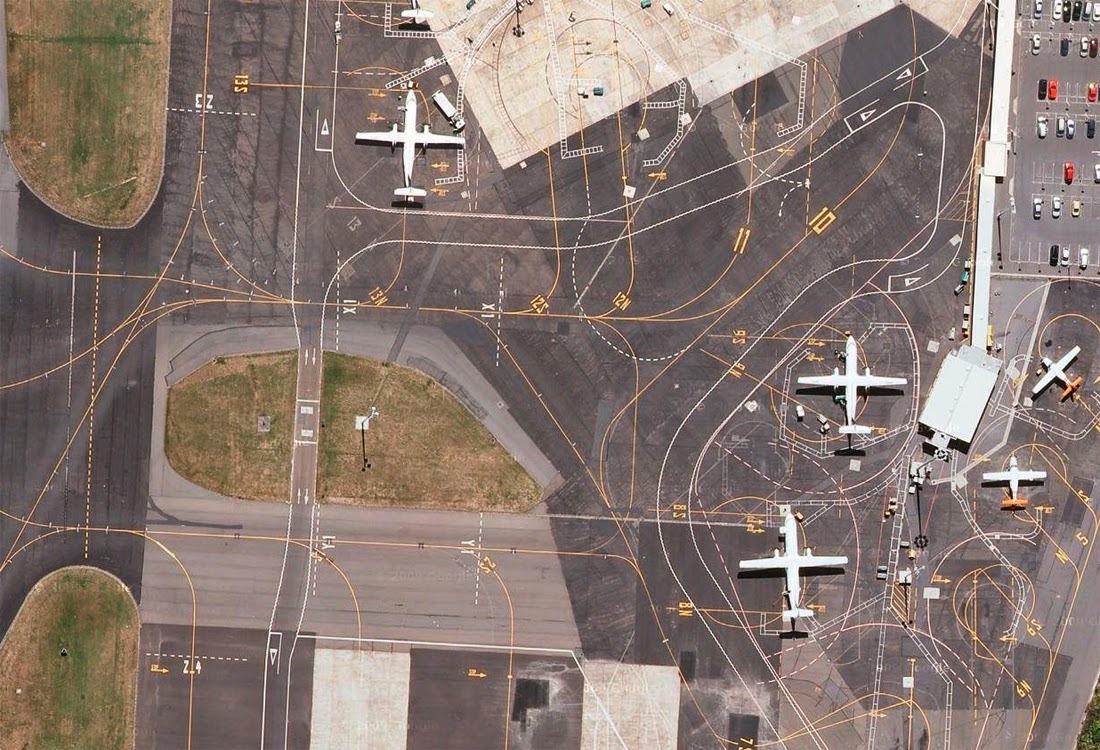I'm a big fan of Constructivism so when I stumbled upon a game based on El Lissitzky's famous poster "Beat the whites with the red wedge" from 1919, I immediately fell in love with it.
 |
| Scenes from "Lissitzky's revenge" ( © Christopher Totten ) |
In Lissitzky's original work, red wedge trying to slice the white circle is the symbol of Bolsheviks trying to penetrate and defeat the White movement during the Russian Civil War while in the game, you are actually this tiny red wedge with a task of piercing the white circle while dodging the Russian words. The visual experience itself is magnificent since paper cut-outs were used for making the "worlds" that one needs to conquer and the Russian music from the era boosts up the atmosphere throughout the gameplay. And as you go through the levels, puzzles become harder to solve.
 |
| Scenes from "Lissitzky's revenge" ( © Christopher Totten ) |
This brilliant game was developed by Atelier Games and is suppose to be the first one in the series of games inspired by 20th century art movements and artists. I love the way the creators at Atelier Games played on words when describing the game as Lissitzky was one of the artists who was first considered a supremacist, doing art for art's sake but who later adopted the material culture, adapting art to the principles of functional organization, thus becoming a constructivist :
"This Suprematist game is a simple action game for games’ sake - or is it actually a Constructivist propagandha game? Will you play the way it tells you to or will you think for yourself? "
Lissitzky's revenge can be played for free at Game Jolt or can be downloaded for Windows or Linux.
"Good luck comrade!"



































